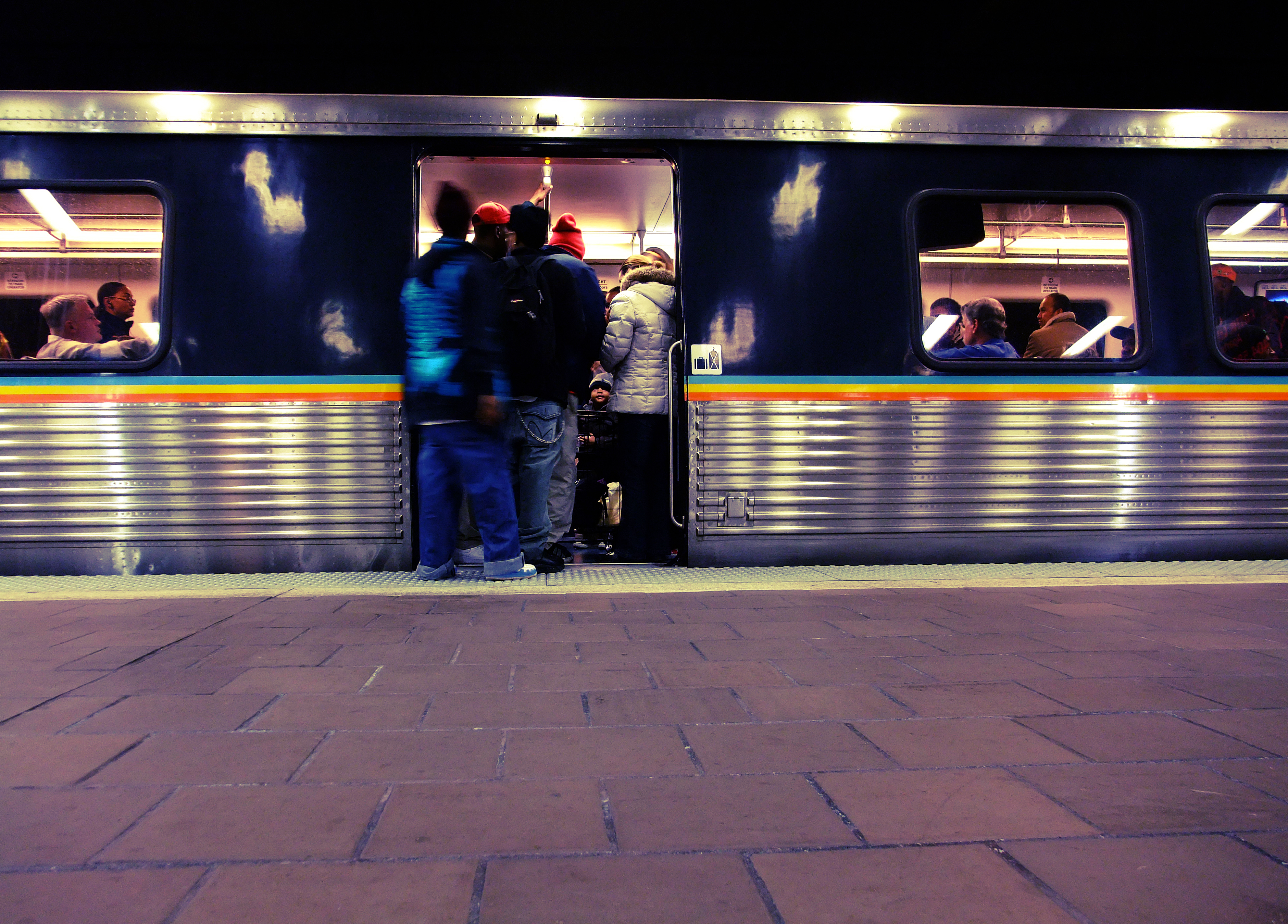
Trying to understand why transit ridership is going up or down is a worthwhile pursuit, but one that is best undertaken locally. National transit ridership trends may help elucidate forces that influence ridership at a macro-level—transit service volume and quality, population demographics, employment, car-ownership, land-use, income, or gas prices, for example. Factors like safety, network connectivity/accessibility, housing costs, walkability to transit stations, competing transportation services, or the cost of owning a car are also important but harder to analyze at a national scale.
The subset of factors that drive ridership change is different in every place. Some of these factors can be directly influenced by transit agencies, city governments, and even state governments, while others cannot—gas prices being a prime example of an ‘external’ factor. But while gas prices are strongly correlated to national ridership trends, that’s not always true at the local level.
Ridership is something a transit agency earns when it does many things well. The transit industry needs to hold itself to a higher service quality standard than ever, because the mobility landscape is more competitive than ever. Focusing too much on quarterly or even annual ridership fluctuations can cause agencies to miss this forest for the ridership trees.
When agencies take action to address ridership declines, they don’t typically “try to recruit more riders” (though to be fair, the industry could stand to market itself better). Instead, executives and planners work with operators and dispatchers to improve service quality, they redesign bus networks, they use new data and technology to better understand where service is succeeding and where it is failing, they focus on station walkability and transit-oriented development and they work with city agencies to add bus lanes and queue jumps. Even the most sophisticated ridership analysis or marketing campaigns won’t be able address land use that does not readily support efficient transit operations.
The true foundation of building useful transit is an honest public conversation about what it takes to make transit work. That can be difficult enough on its own, given the prevalence of low density development. It’s compounded by how unprepared our political system has been to confront the costs of urban motoring relative to its benefits — witness how many cities still invest in transit while simultaneously making it easier and cheaper to drive. Today’s transit agencies must plan and prioritize transit service that can compete in an increasingly diverse mobility landscape; transit that knows its own strengths and limitations; transit that’s affordable, fast, safe, frequent, walkable, reliable.
It’s time for transit agencies and city governments to take responsibility for transit’s success or failure, by using the wide array of tools they have at their disposal to improve the fundamentals. Through TransitCenter’s new Ridership Initiative, we will tell stories about ridership change in cities and transit systems around the country, with an emphasis on how agencies and city leaders have worked to understand ridership dynamics and how they have responded with concrete improvements.
Toward that end, we would love to tell your transit system’s or your city’s ridership story, or hear from you with questions, ideas for collaboration, or requests for written and/or data analysis of a particular issue or region. Get in touch at [email protected]
Stay tuned for more in the coming month, as we prepare to release a web-based, interactive visualization that will allow users to explore ridership trends and see how many of these factors relate to those trends using data from the American Community Survey, National Transit Database, and other relevant sources.
 On the Brink: Will WMATA’s Progress Be Erased by 2024?
On the Brink: Will WMATA’s Progress Be Erased by 2024?
The experience of being a WMATA rider has substantially improved over the last 18 months, thanks to changes the agency has made like adding off-peak service and simplifying fares. Things are about to get even better with the launch of all-door boarding later this fall, overnight bus service on some lines starting in December, and an ambitious plan to redesign the Metrobus network. But all of this could go away by July 1, 2024.
Read More Built to Win: Riders Alliance Campaign Secures Funding for More Frequent Subway Service
Built to Win: Riders Alliance Campaign Secures Funding for More Frequent Subway Service
Thanks to Riders' Alliance successful #6MinuteService campaign, New York City subway riders will enjoy more frequent service on nights and weekends, starting this summer. In this post, we chronicle the group's winning strategies and tactics.
Read More